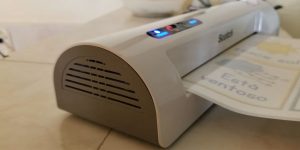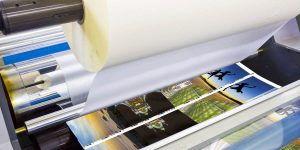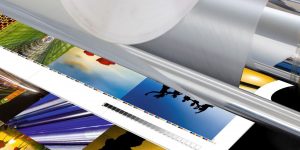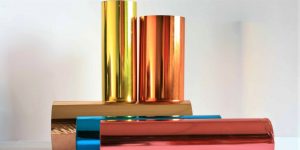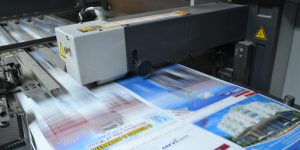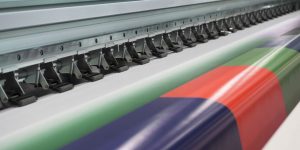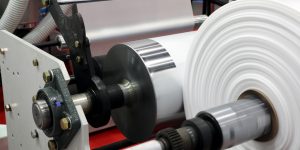In today’s world, lamination has become an indispensable technique across various industries, offering protection, enhancement, and durability to a wide range of materials. Understanding the types of lamination available is important for making informed decisions when it comes to preserving and enhancing documents, photographs, packaging, and more.
My exhaustive guide will walk you through the different types of lamination and their diverse materials. So, let’s dive in and explore the exciting possibilities that await us in the realm of lamination
Types of laminating materials
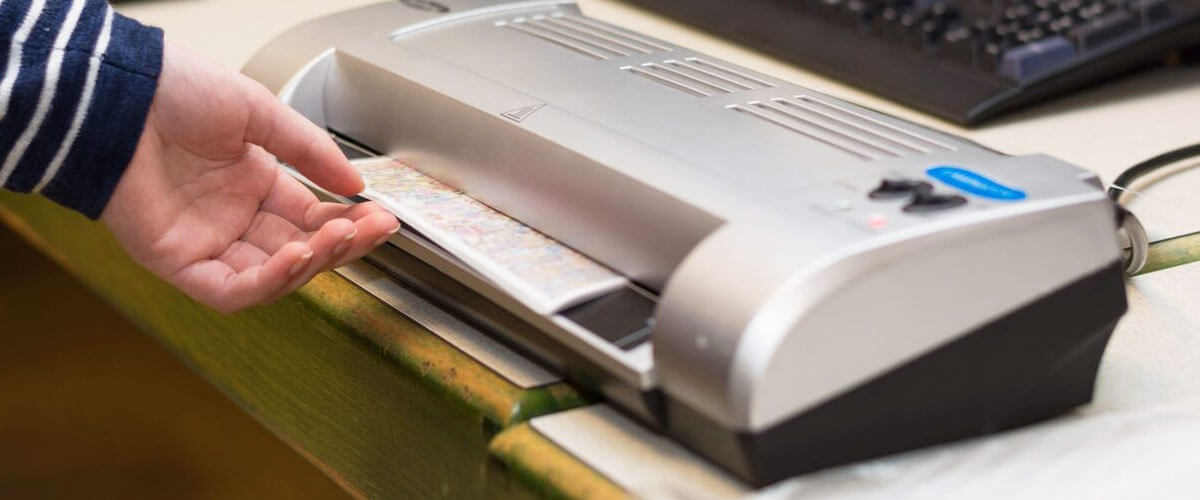
Based on my experience, I can claim that laminating materials play an important role in this process, determining the overall quality and characteristics of the final product. Let’s explore some of the most commonly used types of laminating materials:
Polypropylene (PP)
Polypropylene, commonly known as PP, is a popular choice for lamination due to its exceptional clarity, high-tensile strength, and excellent heat-resistance properties. It provides a transparent protective layer that enhances the appearance of a product. PP laminating film is widely used in various applications, including food packaging, book covers, labels, and promotional materials.
Polyester (PET)
Polyester, often referred to as PET, is a versatile laminating material known for its durability, clarity, and relatively high heat resistance. It offers excellent rigidity and stability, making it ideal for items that require a more robust protective layer. Polyester laminating film is commonly used for creating identification cards, outdoor signage, maps, posters, and important documents that need long-term preservation.
Polyvinyl chloride (PVC)
Polyvinyl Chloride, or PVC, is a widely utilized laminating material valued for its flexibility, durability, and resistance to oil, grease, and chemicals. It provides a clear protective layer that enhances the longevity of printed materials. PVC laminating film is frequently used for creating credit cards, membership cards, ID badges, and other similar products that require both security and visual appeal.
Nylon (Lay-flat)
Nylon laminating film, particularly the lay-flat variety, offers a unique solution to combat curling and warping, especially in moisture-rich environments. It is commonly employed for book covers, dust jackets, calendars, and other materials that need to resist the effects of humidity. This unique material ensures a smooth, flat finish while maintaining the integrity of the laminated product.
Types of lamination finishes
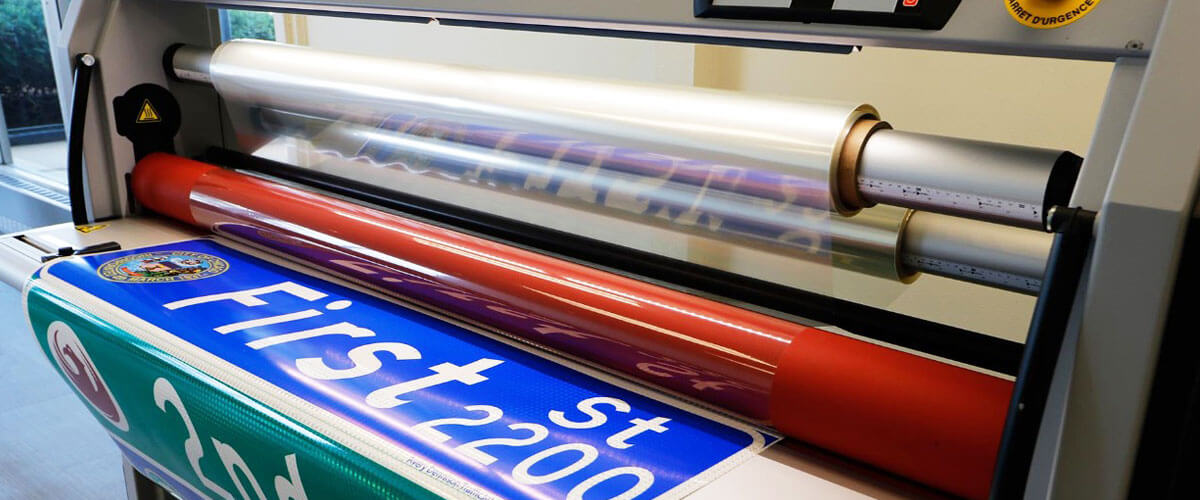
When it comes to lamination, the choice of finish can greatly impact the overall look and feel of the laminated product. Let’s explore three popular types of lamination finishes and their distinct characteristics:
Matte lamination
Matte lamination offers a smooth and non-reflective finish, providing a sophisticated and elegant appearance to the laminated material. It reduces glare and eliminates unwanted reflections, making it an ideal choice for products that require enhanced readability, such as book covers, brochures, and menus. Such coating also provides a tactile experience with its velvety texture, giving a sense of luxury to the finished product.
Glossy lamination
Glossy lamination provides a shiny and reflective finish that enhances the vibrancy and depth of colors, making them appear more vibrant and captivating. This type of lamination is commonly used for promotional materials, product packaging, photographs, and magazine covers. The glossy finish not only adds an attractive visual appeal but also offers protection against moisture, tearing, and fading.
Soft touch lamination
Soft touch lamination, also known as velvet lamination or tactile lamination, offers a unique and luxurious tactile experience. This finish creates a smooth, velvety texture that is pleasant to touch, providing a premium feel to the laminated item. Soft touch lamination is commonly used for packaging, business cards, high-end brochures, and luxury product labels. It adds a sense of sophistication and elegance, giving a tactile impression of exclusivity. Additionally, it offers protection against scuffs, scratches, and UV damage, ensuring the longevity of the laminated product.
We are supported by our audience. When you purchase through links on our site, we may earn an affiliate commission at no extra cost to you.
Our newsletter
* We will never send you spam or share your email with third parties


